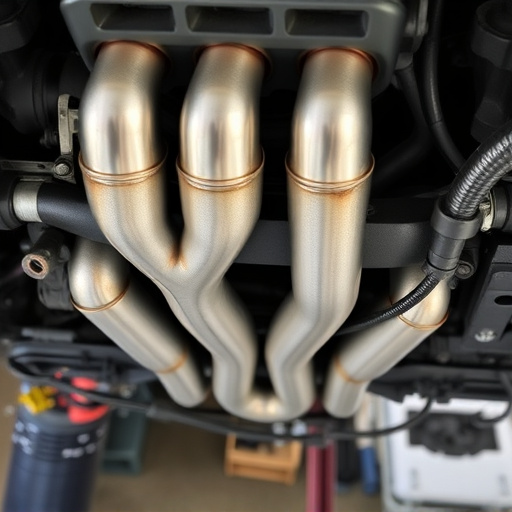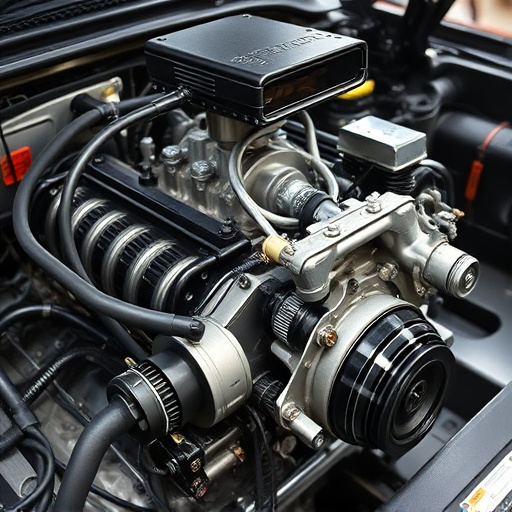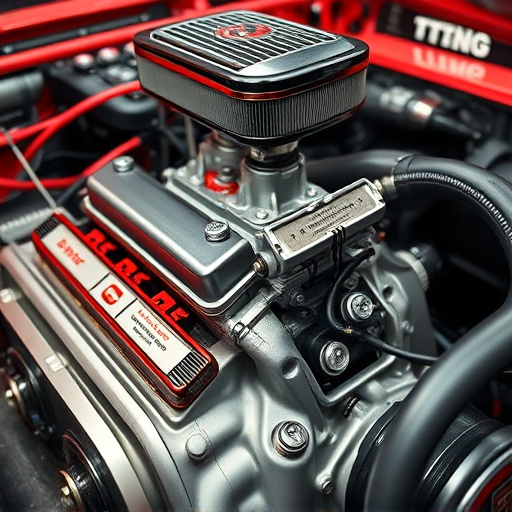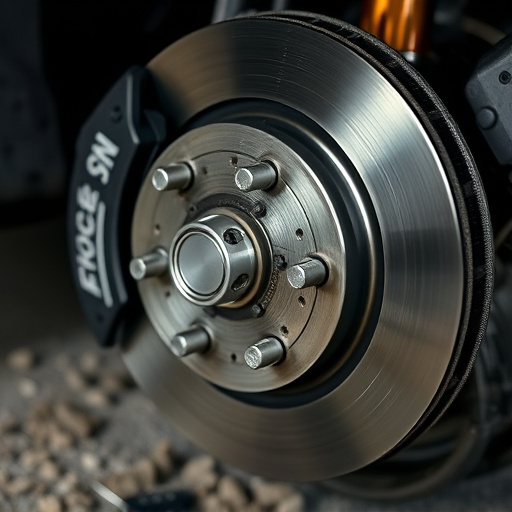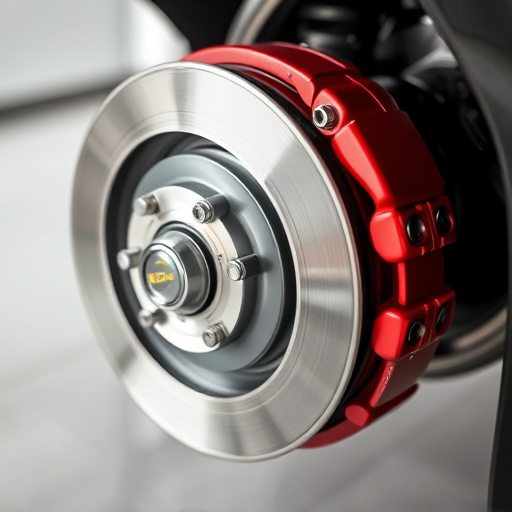Performance shocks are advanced engineering solutions that transform vehicle dynamics, offering precision and control comparable to racing cars. Utilizing science in materials, fluid dynamics, and design, these shocks manage forces for smooth turns and high-speed stability. Balanced damping, spring rates, and valve technology, often enhanced with specialized fluids, ensure effectiveness. Modern performance shocks also integrate components for optimal engine performance, complementing enhanced suspensions. Customized for specific vehicles, they absorb energy efficiently, reducing body roll, and improving cornering ability with adjustable settings for diverse driving styles and road conditions. Real-world applications demonstrate their benefits in racing, everyday driving, and braking systems, providing responsive, predictable vehicle performance.
Performance shocks are no longer just a mechanical afterthought—they’re precision-engineered components vital to modern vehicles. This article delves into the science behind these remarkable devices, exploring how their meticulous design translates into enhanced responsiveness and improved driving dynamics. From the lab to the road, we uncover the real-world applications of performance shocks, demonstrating why they’re an essential upgrade for those seeking optimal vehicle control and a refined ride.
- Unveiling the Science Behind Performance Shocks
- Precision Engineering for Optimal Responsiveness
- Real-World Applications: When Shocks Meet Performance
Unveiling the Science Behind Performance Shocks

Performance shocks are not just about enhancing speed; they are a marvel of engineering that transform a vehicle’s dynamics, offering precision and responsiveness on par with racing cars. The science behind them delves into advanced materials, fluid dynamics, and precise design calculations. These shocks absorb and manage forces acting on the vehicle, allowing it to navigate turns smoothly and maintain stability at high speeds.
Their effectiveness stems from a combination of factors including damping rates, spring rates, and valve technology. Modern performance shocks often incorporate specialized fluids and adjustable settings to cater to diverse driving conditions and preferences. This customization goes beyond mere tuning; it involves integrating components like powerful cold air intakes and efficient exhaust systems, paired with high-flow performance air filters, to ensure optimal engine performance that complements the enhanced suspension setup.
Precision Engineering for Optimal Responsiveness

In the realm of automotive performance upgrades, precision engineering plays a pivotal role in enhancing responsiveness and overall driving dynamics, especially when it comes to performance shocks. These specialized components are meticulously designed to deliver precise control over vehicle behavior, ensuring optimal handling and stability. By fine-tuning suspension systems, engineers can create a harmonious balance between comfort and agility, allowing drivers to navigate corners with confidence and precision.
The integration of advanced materials and innovative designs in performance shocks further enhances their capabilities. Customized for specific vehicle architectures, these shocks absorb and dissipate energy efficiently, reducing body roll and improving cornering ability. Additionally, the strategic utilization of features like adjustable damping settings enables fine-tuning to match individual driving styles and road conditions, be it tackling winding mountain roads or smooth city streets. This level of customization ensures that drivers can extract the maximum potential from their vehicles, creating a seamless fusion of power and control through precise engineering of suspension components, including cat back exhaust systems and air intake systems, for an unparalleled driving experience.
Real-World Applications: When Shocks Meet Performance

In real-world applications, performance shocks go beyond mere theory to deliver tangible benefits. These high-performance components are increasingly integrated into various automotive systems to enhance driving dynamics and overall vehicle performance. For example, in racing or high-performance driving scenarios, precision control over vehicle movement is crucial. Performance shocks, tuned for both responsiveness and accuracy, allow drivers to navigate corners with greater agility and stability.
Moreover, their versatility extends beyond racetracks. In everyday driving conditions, well-tuned performance shocks can improve road hold and handling, especially when combined with other modifications like cold air intakes or exhaust systems. They can also complement the braking system by ensuring consistent and precise control during sudden stops, thanks to upgraded brake pads designed for enhanced stopping power. This combination of advancements results in a more responsive and predictable driving experience, catering to both enthusiasts and everyday drivers seeking optimal vehicle performance.
Performance shocks, with their precision engineering and responsive design, are transforming various industries. By understanding the science behind these advanced components, we can harness their potential to achieve unparalleled control and efficiency in both automotive and industrial applications. As research continues, expect even more innovative uses for performance shocks, pushing the boundaries of what’s possible in terms of responsiveness and accuracy.


